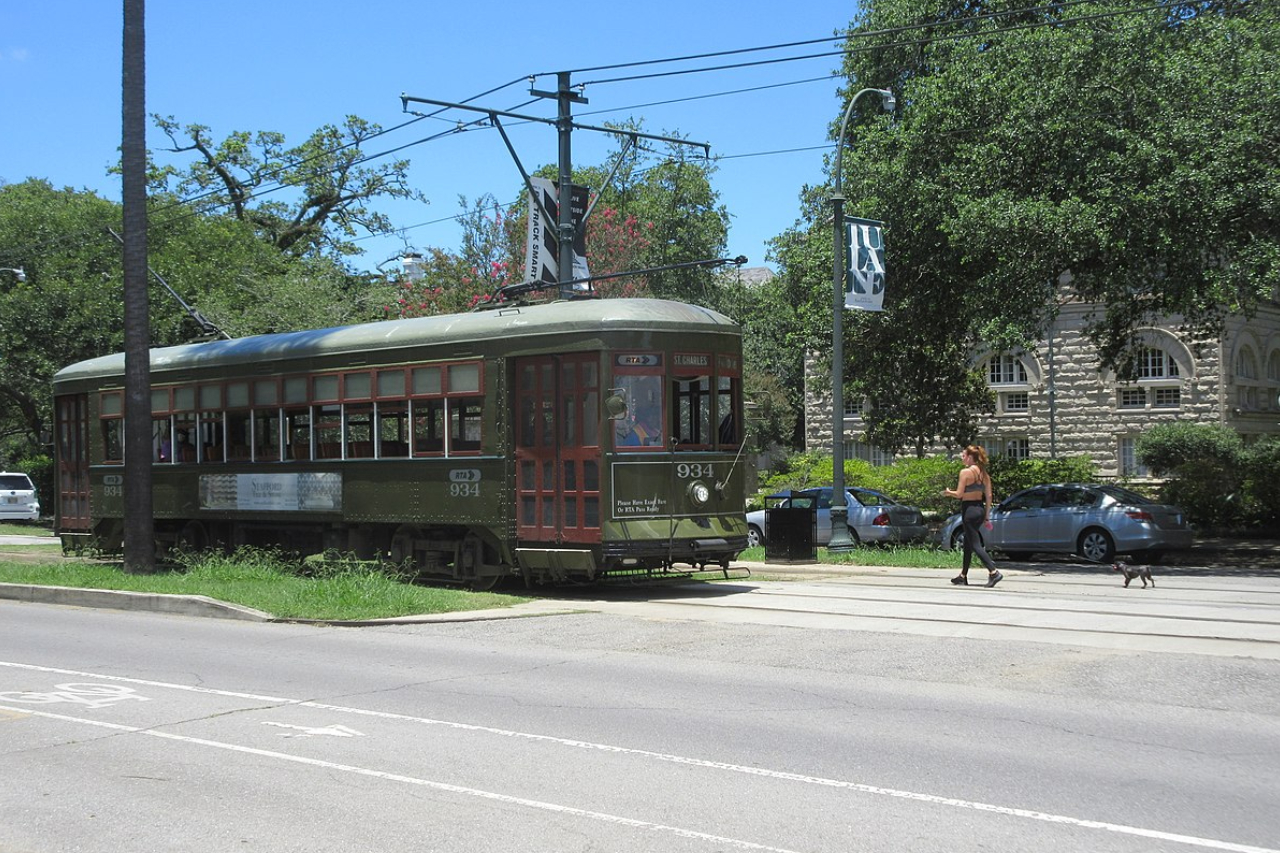University District Homes for Sale
The neighborhood, both referred to as the University District and Audubon, is named after the 350-acre urban oasis and the two university campuses it harbors.
The University District is named so because it’s home to Tulane and Loyola universities, plus the former St. Mary’s Dominican College (now a satellite Loyola campus). The upriver section of the district was the town of Greenville, annexed in the 19th century. Some locals still refer to that area as Greenville.
The area is also known as Audubon, named after one of the largest parks in the city contained in the southern part of the neighborhood. Sometimes Audubon is considered as a separate neighborhood with slightly larger boundaries that fluctuate depending on which source you consult. In this guide, the neighborhoods of the University District and Audubon are considered the same.
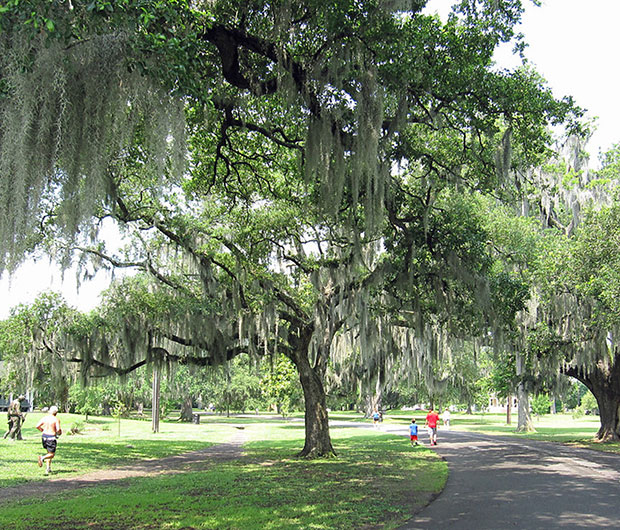
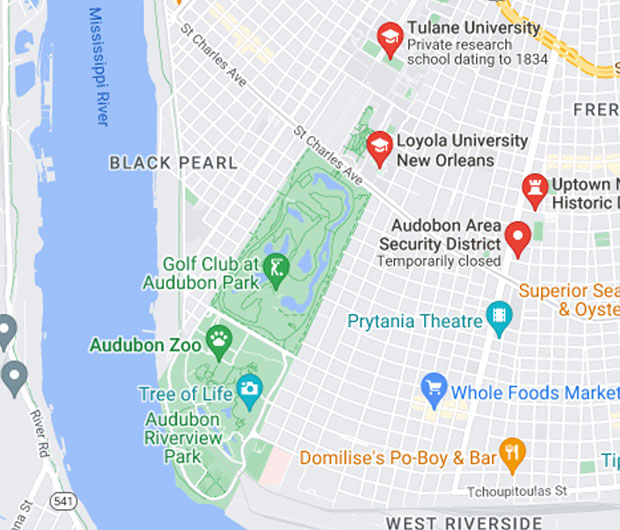
Where Is University District?
The University District is a subdistrict of the Uptown/Carrollton Area. According to the U.S. Census Bureau, it has a total area of 2.28 square miles.
The boundaries of the University District, as defined by the City Planning Commission, are:
North: South Claiborne Avenue
East: Jefferson Avenue
West: Lowerline Street
South: The Mississippi River and Magazine Street.

Homes for Sale in University District, New Orleans
Why Buy a Home in University District?
The Audubon/University District neighborhood is bisected by St. Charles Avenue, stretching from South Claiborne Avenue to the Mississippi River. The three major attractions are the sprawling campuses of Tulane and Loyola universities, and the 350-acre oasis of the Audubon Park. Well-maintained examples of historic architecture line the wide, oak-shaded streets. There are many things to love about the University District.
Easy Navigation and Central Location. The area is easily accessible from other parts of the city by car (though parking may be hard to find) and streetcar. The St. Charles Avenue streetcar connects the neighborhood to other parts of Uptown, including the Garden District and Carrollton, as well as the Central Business District (CBD) and the French Quarter. There’s plenty or foot traffic, and you’ll see many bikers and joggers near the campuses and in and around the park. The area is also heavily visited by tourists, who often can be seen hopping on and off the streetcar to take in the sights of the stately mansions and historic buildings on and near the university campuses.
The 350-Acre Urban Oasis of Audubon Park. Located in the southern part of the district, Audubon Park is a sight to behold. It contains a lagoon (the prime spot for bird-watching), a 58-acre award-winning zoo (home to about 2,000 animals), an 18-hole golf course, and plenty of trails and picnic spots.
Historic Architecture and Lush Greenery. The area contains some of the most upscale real estate in the city, shaded by centuries-old oaks and located on quiet residential streets. The stately, impeccably maintained mansions that dot the area often sport wide lawns and breathtakingly beautiful gardens. The live-oak canopy along St. Charles Avenue and the adjacent streets serves as a picturesque backdrop.
The “Young” Vibe. Because of its proximity to the university campuses, the area’s many bars, restaurants, and music venues are patronized by the students and staff members, many of whom live in the neighborhood as well, albeit temporarily. College life spills from the campuses into the nearby cafes and bars at any time of day and night.
University District
Attractions
This busy neighborhood is the best of several worlds — whether you’re looking for a budget-friendly college bar, an upscale restaurant helmed by an award-winning chef, or just want to go on a quiet hike. Below are a few of our favorite highlights.
Take a walk or a hike on one of the many trails in the lush Audubon Park, named after the famous ornithologist and painter John James Audubon, who spent a lot of time in New Orleans. The park also offers bike paths, picnic areas, tennis courts, a swimming pool, a 1.7-mile running track, a zoo, and stables. You can play a round at its golf course, or observe the egrets and other indigenous bird species at the park’s lagoon. Audubon Park was designed by John Charles Olmsted, who was a nephew of Frederick Law Olmsted (designer of New York City’s Central Park). It was built on the site of the plantation that belonged to Etienne de Bore.
Visit the zoo. It’s one of the highest-rated zoos in the country, if not the world — with a water park for kids and award-winning exhibits like Louisiana Swamp and Jaguar Jungle. The Audubon Zoo is home to some of the most exotic and highly endangered animals, including the whooping cranes, Amur leopards, orangutans, and white alligators.
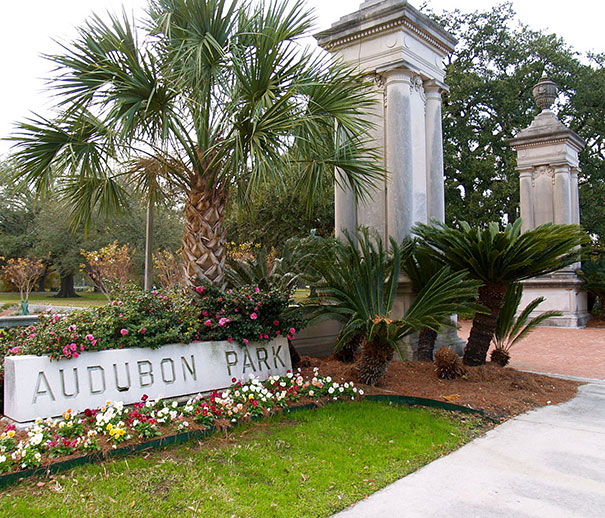
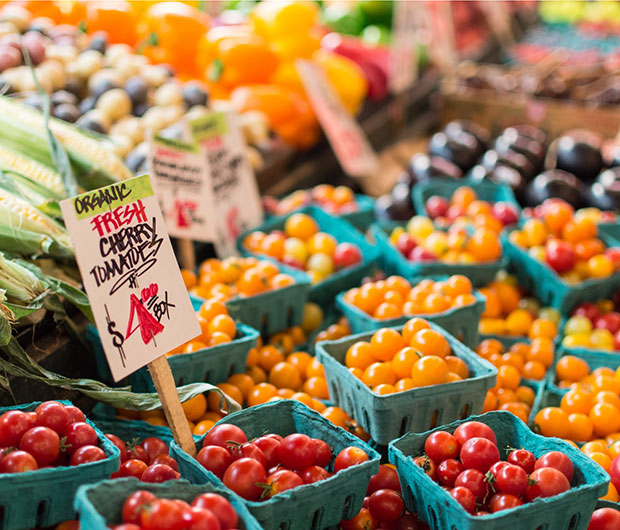
Shop for locally grown produce at the year-round Crescent City Farmers Market, held every Tuesday from 9 a.m. to 1 p.m. at Tulane Square, a couple blocks upriver from Audubon Park.
Have a beer at The Boot, THE college bar in the area, or a frozen margarita at Felipe’s Taqueria, the late-night popular local chain with fresh-made Mexican fare.
Check out the Newcomb Art Gallery and Tulane Jazz Archive on Tulane University’s campus. The archive features a display of photographs and artifacts, plus audio interviews with historic jazz musicians.
Try innovative takes on Louisiana cuisine, including Creole classics, stop by Clancy’s. Another notable neighborhood restaurant worth checking out is Patois. Helmed by the celebrated chef Aaron Burgau, Patois features classic French cuisine with a few local twists and emphasis on Gulf seafood.

History of the University District, New Orleans
The large swath of land between the Mississippi River and St. Charles Avenue now occupied by the Audubon Park used to be the nation’s first commercial sugar plantation. It was largely untouched until the 19th century, while the adjacent areas were rapidly developing into residential neighborhoods, farmland, and small towns.
Early settlers flocked to the area after the Louisiana Purchase, including immigrants from Germany, Italy, and Ireland, and the Americans who flooded the “American sector” of New Orleans, leaving the French Quarter to the French/Creoles. The site of the former plantation was willed to the city in 1850.
Both the Confederate and Union armies camped there during the Civil War. The 1884 “World Cotton Centennial” (world’s fair) was also held there, and the exposition grounds were developed into the park by landscape architect John Charles Olmsted, whose uncle designed New York’s Central Park, in 1886. The park was named after painter and naturalist John James Audubon.
Streetcar service started in 1835 along the St. Charles Avenue, spurring the area’s development and connecting it to the French Quarter and downtown. Eventually Tulane and Loyola Universities moved their campuses to the area (in 1894 and 1904, respectively), expanding them from smaller sites elsewhere in the city. The district’s third university, St. Mary’s Dominican College, existed from 1910 to 1984. Its campus was then bought by Loyola University and is now its satellite campus. The neighborhood also contains the former city of Greenville, which was annexed to New Orleans in 1870.
The University District has an elevation of three feet, so it sustained relatively little flooding damage from Hurricane Katrina. Today it’s a bustling neighborhood with historic architecture, college bars, upscale restaurants, and a busy Mardi Gras schedule. It’s heavily visited by the guests of the city for its historic sites, massive park, and world-class zoo. Many students and staff members of the two universities with campuses in the area live in the neighborhood and patronize its businesses.
